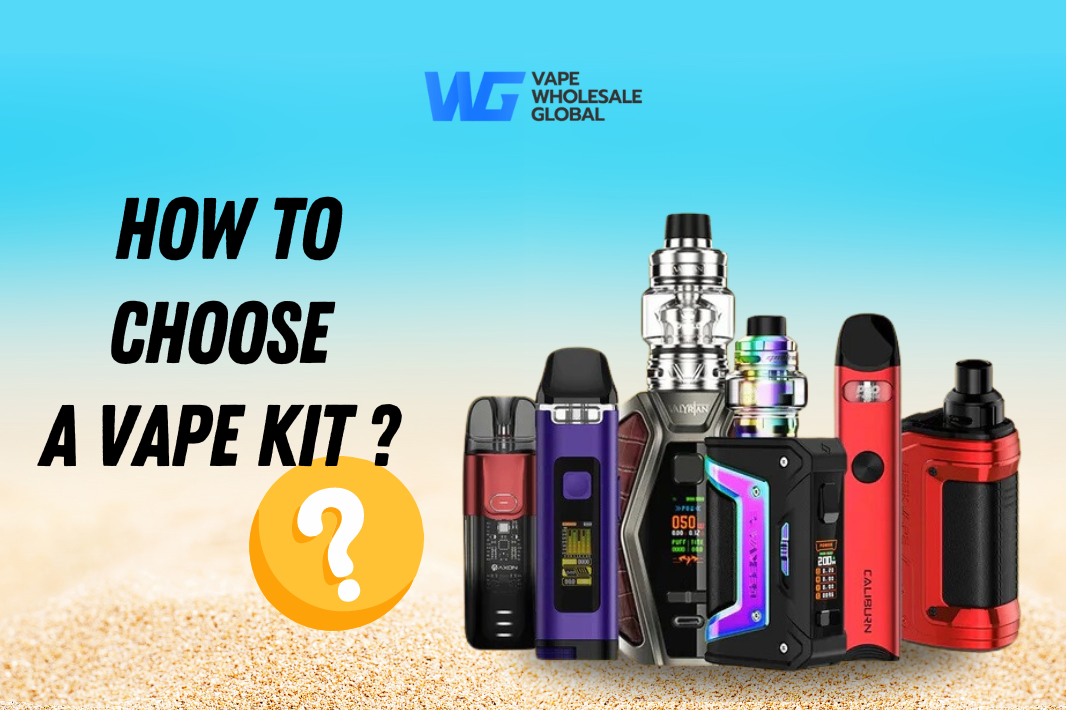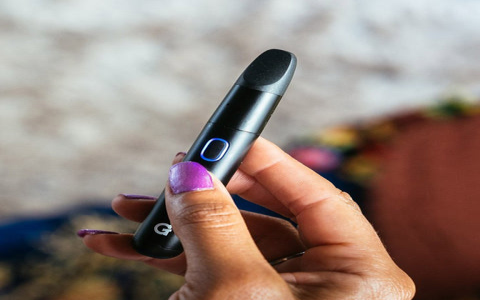The Japanese electronic cigarette market presents a unique landscape, significantly shaped by stringent domestic regulations, particularly concerning nicotine.
Regulatory Framework
Japan’s Pharmaceutical Affairs Law plays a pivotal role. Key aspects include:

- Nicotine E-liquids: E-liquids containing nicotine are classified as medicinal products. Their sale and import for commercial purposes without a license are heavily restricted. Personal importation of limited quantities for personal use is sometimes permitted, but subject to strict rules.
- Non-Nicotine E-liquids: Devices and e-liquids that do not contain nicotine are generally legal and more widely available.
- Heat-Not-Burn (HNB) Products: These devices, which heat tobacco instead of burning it, are treated differently from e-cigarettes vaping nicotine e-liquid. They are regulated under tobacco laws and have gained significant market share in Japan.
Product Landscape and Consumer Trends
Due to the regulations, the market is characterized by:
Dominance of Heat-Not-Burn (HNB) Devices: Major tobacco companies have successfully introduced and marketed HNB products. These are often seen as a distinct category from traditional vaping devices by consumers and regulators.
Popularity of Non-Nicotine Vaping: For users preferring traditional vaping devices, the market primarily offers nicotine-free e-liquids. Flavors are a key driver in this segment.
Focus on Quality and Safety: Japanese consumers typically exhibit a strong preference for products that demonstrate high manufacturing standards, quality control, and safety assurances.
Discreet Usage: Devices that offer discreetness and minimal vapor production are often favored, aligning with Japanese social etiquette.
Market Considerations
The Japanese e-cigarette and HNB market is highly competitive, with established tobacco industry players holding significant sway, especially in the HNB sector. Innovation in HNB technology and a wide variety of non-nicotine e-liquid flavors for traditional vapes continue to shape consumer choices. Understanding the nuanced regulatory environment is crucial for any entity looking to engage with this market.








